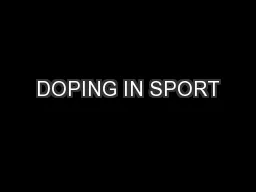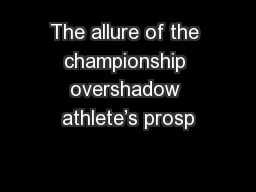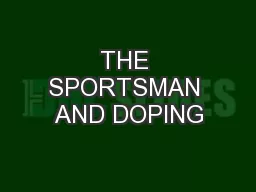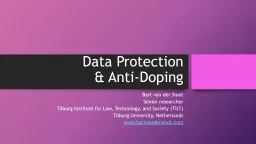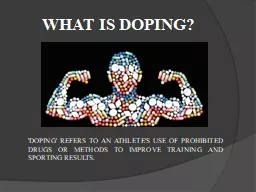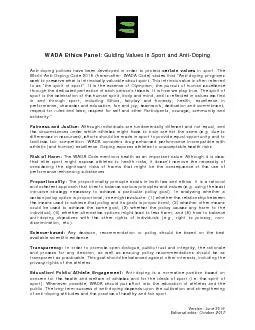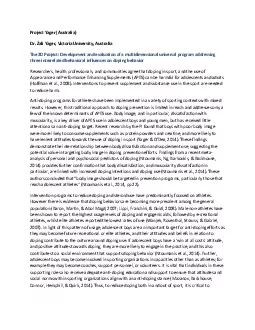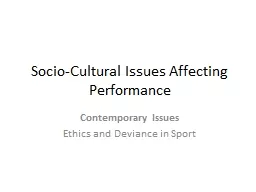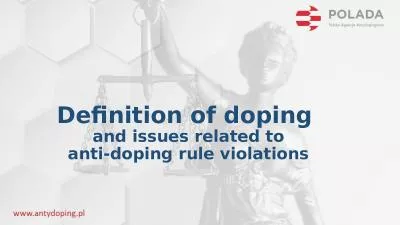PPT-DOPING IN SPORT
Author : myesha-ticknor | Published Date : 2016-05-12
Created and Presented by Timothy von Behren DOPING using a substance or method which is potentially harmful to an athletes health andor capable of enhancing performance
Presentation Embed Code
Download Presentation
Download Presentation The PPT/PDF document "DOPING IN SPORT" is the property of its rightful owner. Permission is granted to download and print the materials on this website for personal, non-commercial use only, and to display it on your personal computer provided you do not modify the materials and that you retain all copyright notices contained in the materials. By downloading content from our website, you accept the terms of this agreement.
DOPING IN SPORT: Transcript
Download Rules Of Document
"DOPING IN SPORT"The content belongs to its owner. You may download and print it for personal use, without modification, and keep all copyright notices. By downloading, you agree to these terms.
Related Documents

